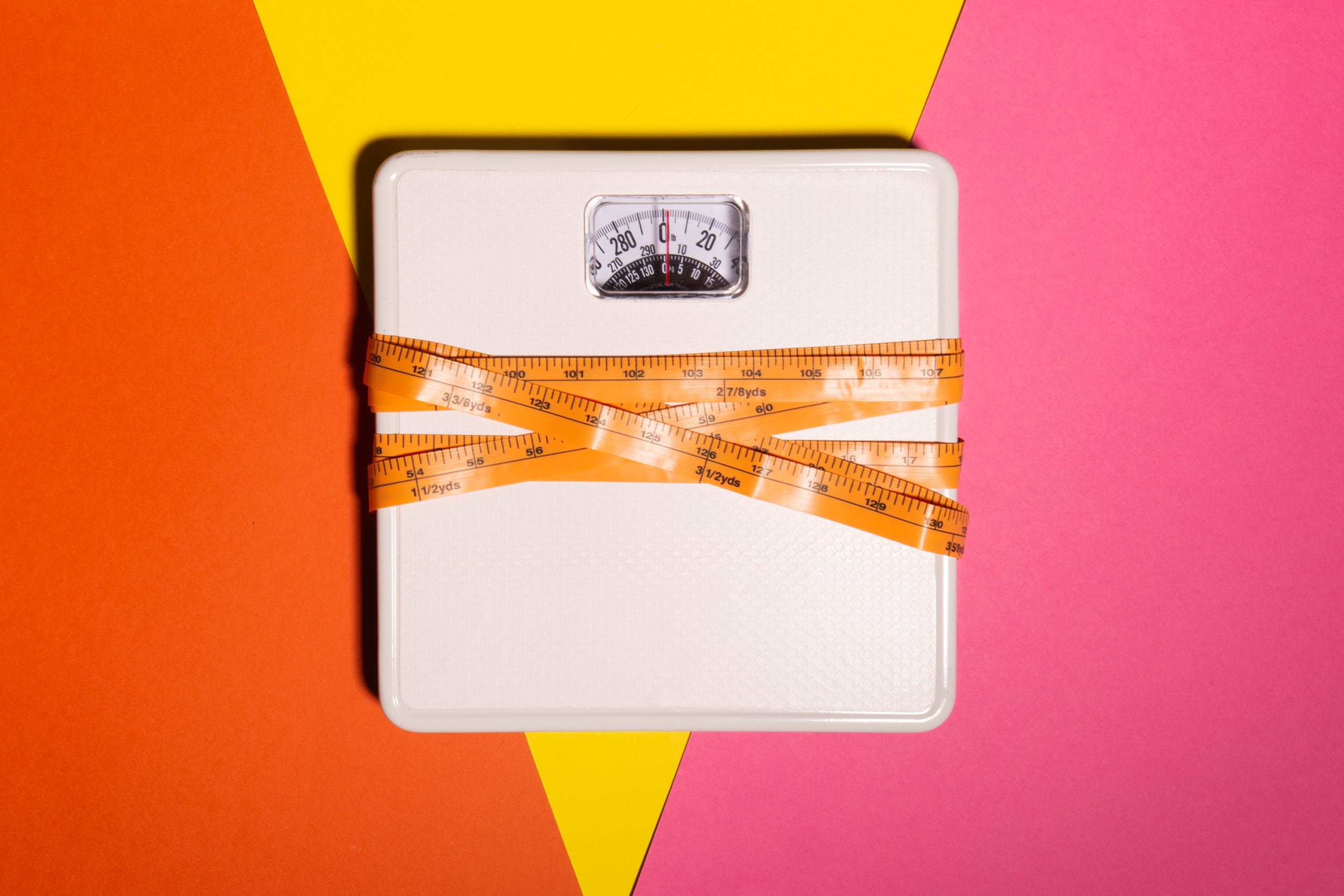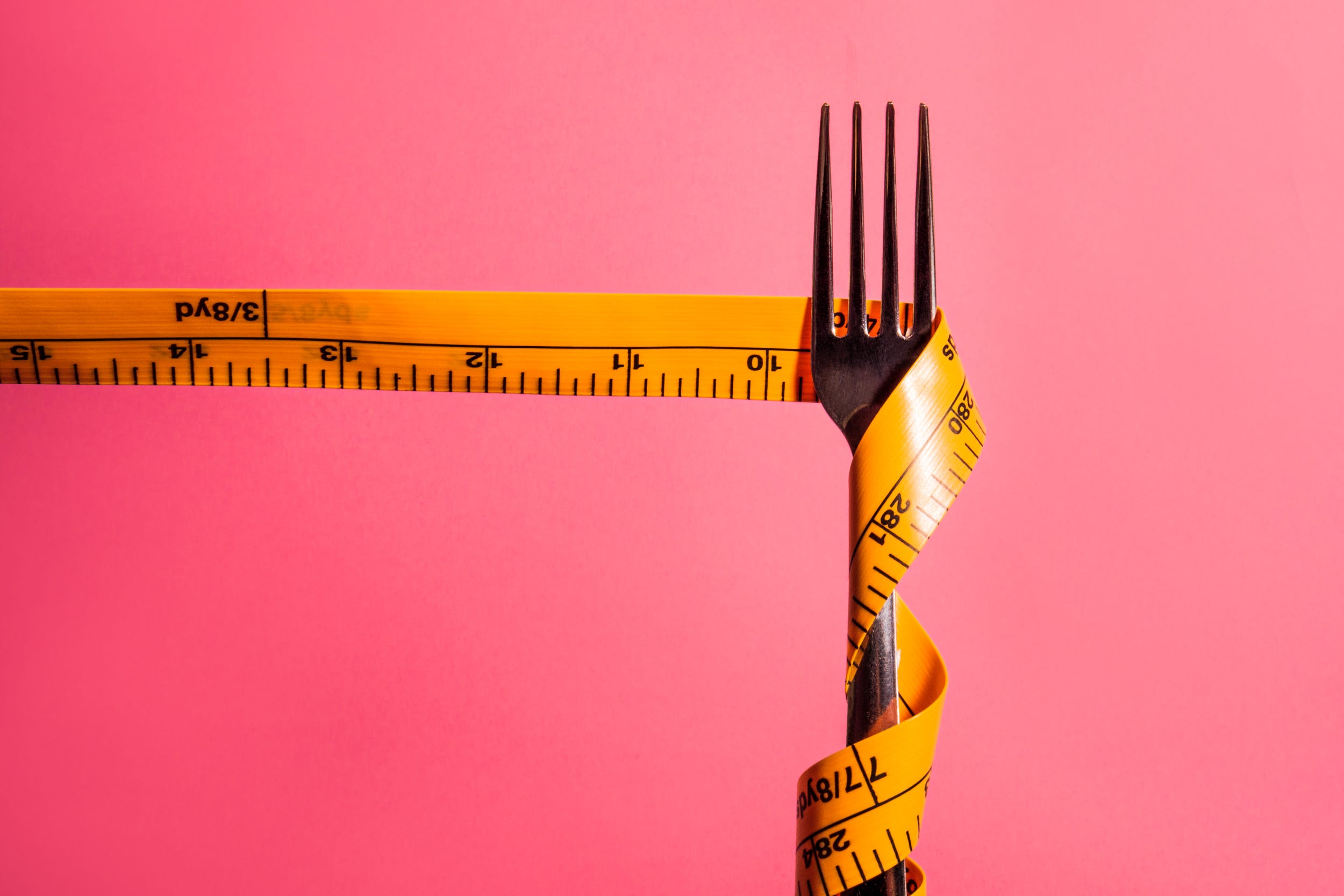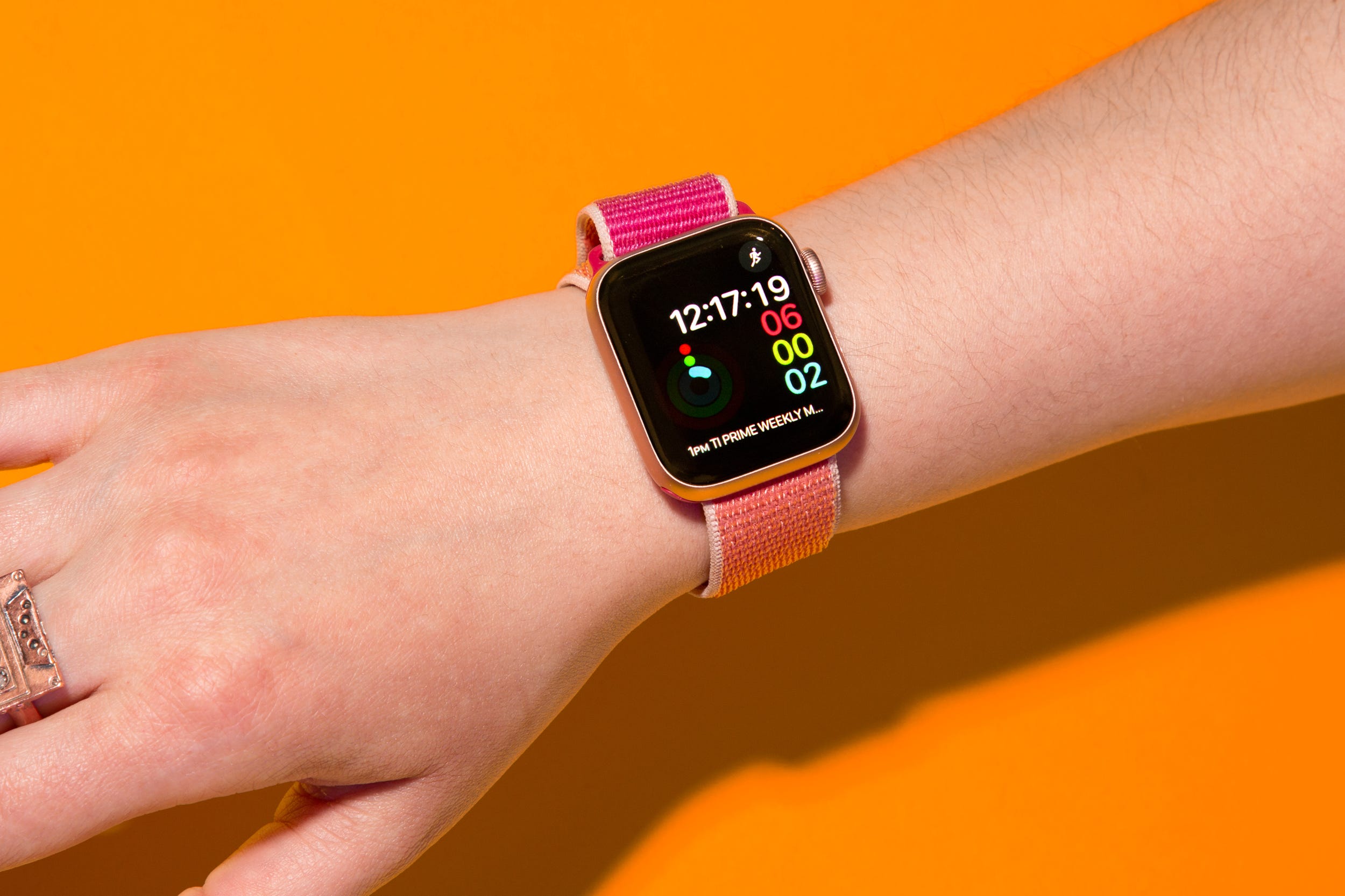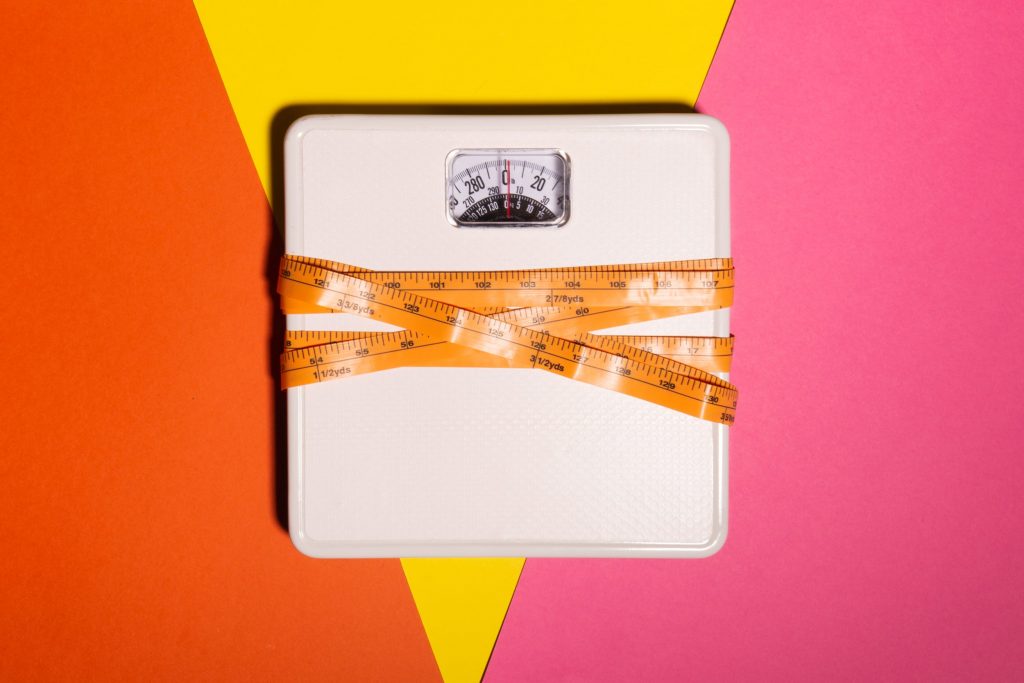
- Years of wearing Apple Watches and Fitbits have made me obsessed with hitting my exercise goals.
- But Amazon's Halo felt like the first time a gadget was evaluating me, rather than encouraging me.
- It made me question my health more than anything I've tested, and it also made me feel hopeless.
- Visit Insider's homepage for more stories.
As I stood in my bedroom in a sports bra and bikini bottom, the voice coming from my smartphone told me to turn left and stay put for a few moments.
Using my phone's camera, Amazon's Halo app was taking a scan to estimate my body fat percentage. All I could think about was how excited I was to delete the photos.
I felt the familiar slight pang of anxiety that comes with stepping on the scale as I waited for the app to complete its calculations. I knew I wouldn't love the number I saw, but I also didn't expect the number to be as bad as I anticipated.
I couldn't have been more wrong.
According to Amazon's calculations, my body fat percentage is significantly above what's considered to be a healthy range for a woman of my age and size – about 10 percentage points, to be exact.
For some people, gaining insight into their health and activity can be beneficial for encouraging exercise and maintaining a healthy lifestyle. But for me, wearable devices have also warped how I see myself, and changed my definition of what it means to be productive. And nowhere was this more true than with the Halo.
Fitness tracking devices gave me another reason to fixate on my weight

I've been reviewing tech gadgets for about eight years, and began focusing more on fitness trackers and smartwatches following the Apple Watch's launch in 2015. That means I've been measuring metrics like my steps, calories burned, workouts, and general activity fairly regularly for at least the past six years.
Gadgets like the Apple Watch, Fitbit's smartwatches, and even the Amazon Halo have been great motivational tools for exercising regularly. During the pandemic, they've helped me build exercise routines to offset the challenge of staying in shape during the pandemic - a time in which I was largely sedentary and ordered in more often than not.
But at the same time, fitness trackers have also reinforced the fixation I've had on my weight since I was a teenager. Even in high school, when I was at my thinnest, I felt pressure to justify any junk food with a workout. "It's OK if we order pizza, I'll just work it off when I get home," was a constant refrain - my friends heard it so often that they began to tease me.
Fifteen years later, my watch tells me exactly how much time I've spent exercising and how many calories I've burned. If I feel like I had a "bad weekend'' when it comes to eating, I'll turn to my Apple Watch for justification. Eating that extra slice of pizza tonight isn't so bad if I close all of my Activity Rings tomorrow, right?
However, today's fitness trackers can do so much more than just log workouts and measure calories burned. Advancements in sensors, artificial intelligence algorithms, and power efficiency have made it possible to squeeze a lot of health-tracking tech into slim wristbands and our phones. That means there's much more detailed data about my body for me to fixate on.
Enter the Amazon Halo.
The Amazon Halo made me confront my body in a way that I wasn't ready for

Lisa Eadicicco/Insider
What sets the Amazon Halo apart is its ability to use your phone's camera along with machine learning and computer vision to calculate body fat percentage.
Devices like the Halo aren't intended for medical diagnosis. But the Amazon Halo's feedback felt like a wearable was judging me for the first time, rather than encouraging me to develop healthier habits.
The whole process of taking a body scan feels a bit dystopian. First, you must change into minimal clothing and set up your smartphone's camera so that it can capture your whole body.
Amazon will ask you to rotate so that the camera can see your body from different angles, and within seconds its algorithms generate a 3D image. The system analyzes regions that are known as "hot spots" for fat, like the thighs and torso. Amazon says its technology is trained to understand the relationship between how a person looks in an image and body composition, including the way muscle and fat are distributed.
According to Amazon's algorithms, my body fat percentage is sky high. Below the results, there's a sliding scale that allows you to see how your body will change as your fat percentage increases or decreases.
Seeing my body scan certainly motivated me to reach for a salad instead of a sandwich for lunch. But it also felt incredibly discouraging. I'm not even close to the range that's considered healthy, so I could only assume eating a salad and going for a run weren't going to make a difference.
Amazon says its technology is nearly twice as accurate as leading smart scales, and the American Heart Association endorsed the Halo in Amazon's press release.
But calculating body fat percentage based on visuals alone is limiting since it can't measure fat within our organs, says Dr. Holly Lofton, director of the Medical Weight Management Program at NYU Langone Health. Plus, a person's appearance can fluctuate based on factors like water intake, a recent meal, and menstrual cycles.
The New York Times also found that the Amazon Halo's results were often higher than body fat readings from other tools he used. A reporter shared his Halo data with Dr. Lawrence Cheskin, founder of the John Hopkins Weight Management Center, who said the results seemed high for a person of his age with his body mass index.
Readings from devices like the Amazon Halo should be used to keep an eye on your personal progress, but not to make any medical decisions, says Lofton.
"I would just be careful with how you use the information if it's going to impact your life or health," she said.
My view of fitness trackers is starting to change as tech gets more advanced

Fitness trackers have quantified my view of food as a reward and exercise as a necessity. Mini-accomplishments like closing my Activity Rings make me feel like I'm in control of my weight and appearance, even if I don't see the results. The Apple Watch says I had a great workout week, so it must be true.
But the Apple Watch can't see what I look like. It doesn't know that my favorite dress is starting to get tight, or that I can't find a bathing suit that fits the right way. That's what makes the Halo feel so jarring; it's seen me in my underwear, and simply told me that I don't look the way I should. It feels more intimidating than motivating. (I dreaded taking another scan for the purposes of this story).
Amazon's Halo is emblematic of what has become the next major step forward for health tracking in consumer tech devices. Smartwatches, fitness bands, and other gadgets are now capable of much more than simply logging activity and analyzing trends in that data. Now, they're making judgments about our overall health and wellness.
If this is the future of health tracking, I might choose to stay behind.

